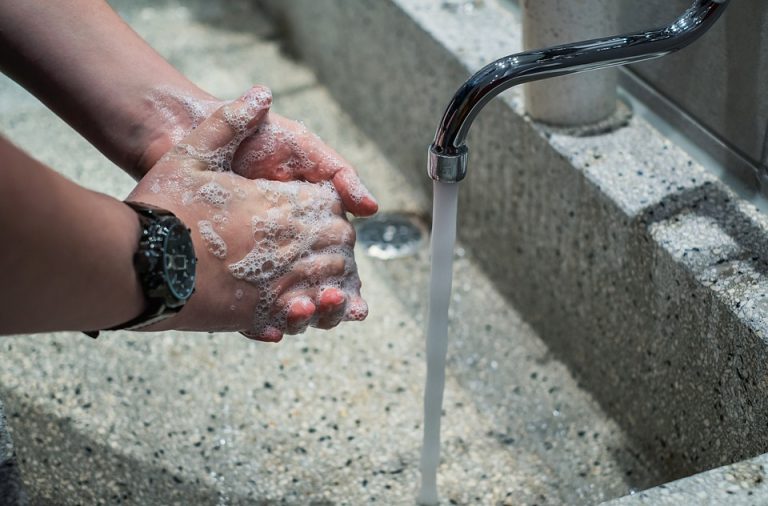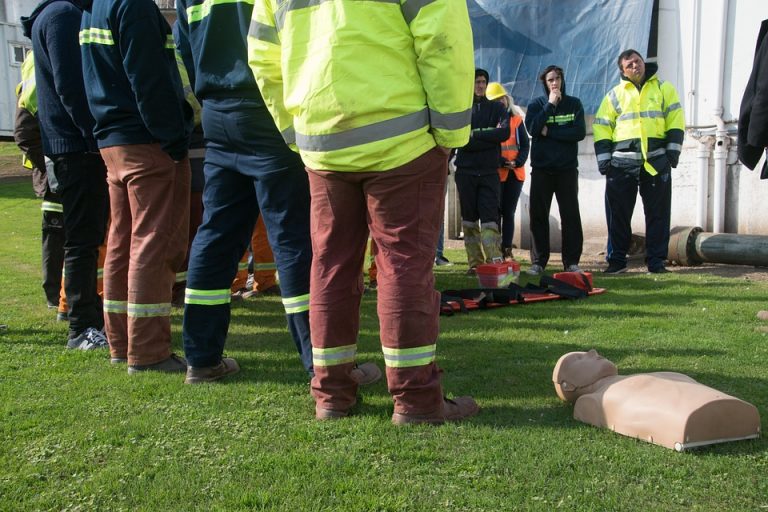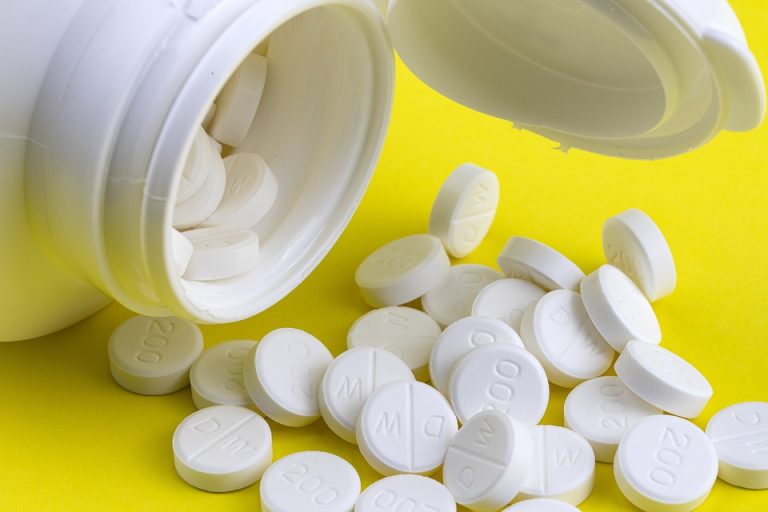Emergencies can happen at any time, often when we least expect them. Whether it’s a sudden accident, a natural disaster, or a medical crisis, being prepared can make all the difference in ensuring the safety and well-being of yourself and those around you. One crucial aspect of emergency preparedness that should never be overlooked is first aid. In this article, we’ll explore the importance of first aid for emergencies and provide essential information to help you become better prepared for unexpected situations.
The Role of First Aid in Emergency Preparedness

First aid is the initial assistance or treatment given to someone who has been injured or has suddenly fallen ill. It’s not just a skill for medical professionals; it’s something that everyone should have at least basic knowledge of. Here’s why first aid is a vital part of emergency preparedness:
- Immediate Response: In an emergency, every second counts. Knowing how to administer first aid can mean the difference between life and death. Your quick response can stabilize a person’s condition until professional help arrives.
- Minimizing Injury: First aid can help prevent minor injuries from becoming major ones. Simple actions like cleaning and dressing a wound can prevent infections and complications.
- Comfort and Reassurance: In a crisis, providing first aid can offer emotional support to the injured or ill person. Your presence and care can help reduce panic and anxiety.
- Self-Help: First aid skills aren’t just for helping others; they can also be used to treat yourself in an emergency situation when no one else is around.
Key First Aid Skills to Learn
While comprehensive first aid training is ideal, here are some essential skills you should consider learning:
- Cardiopulmonary Resuscitation (CPR): Knowing how to perform CPR can save lives in cases of cardiac arrest. Training in CPR is widely available through organizations like the American Heart Association and the Red Cross.
- Bleeding Control: Understanding how to stop bleeding through direct pressure, bandaging, and tourniquets (used as a last resort) can be life-saving.
- Choking Response: Learn how to assist someone who is choking by performing the Heimlich maneuver.
- Basic Wound Care: This includes cleaning wounds, applying antiseptic, and dressing injuries.
- Burn Management: Understand how to assess and treat burns of various degrees.
- Fracture Stabilization: Learn how to immobilize fractures and provide support until professional medical assistance is available.
- Recognizing Signs of Stroke, Heart Attack, and Other Emergencies: Familiarize yourself with the symptoms of common medical emergencies and how to respond.
First Aid Kit
In addition to knowledge, having a well-equipped first aid kit is crucial for emergency preparedness. Your kit should include items like bandages, gauze, adhesive tape, antiseptic wipes, scissors, tweezers, gloves, and basic medications like pain relievers and antihistamines. Tailor your kit to your specific needs, such as including any necessary prescription medications.
Continuous Learning and Practice
First aid skills are not something you learn once and forget about. Regular practice and updating your knowledge are essential. Consider attending refresher courses every few years to stay up to date with the latest techniques and recommendations.
Being prepared to provide first aid for emergencies is critical to preparedness. Having the knowledge and skills to provide immediate assistance can save lives, prevent further injuries, and provide comfort in times of crisis. Take the initiative to learn first aid, assemble a well-stocked first aid kit, and stay prepared for the unexpected. By doing so, you contribute to the safety and well-being of yourself, your loved ones, and your community. In emergencies, remember, it’s not just about being prepared; it’s about being prepared to help.



